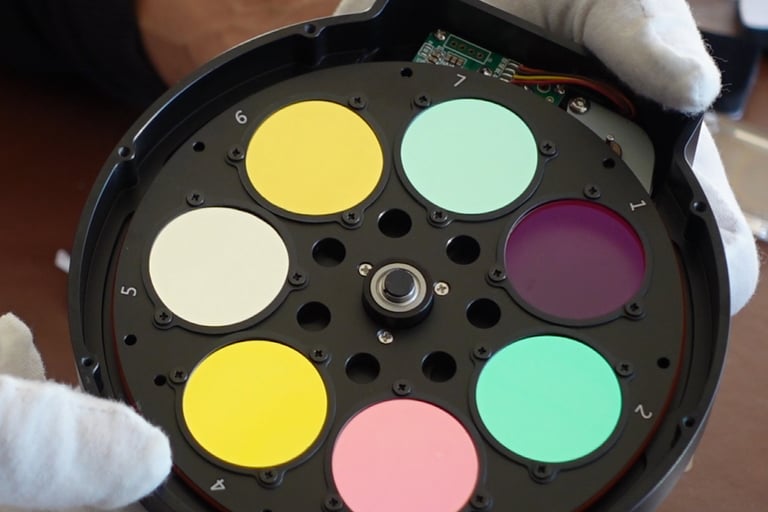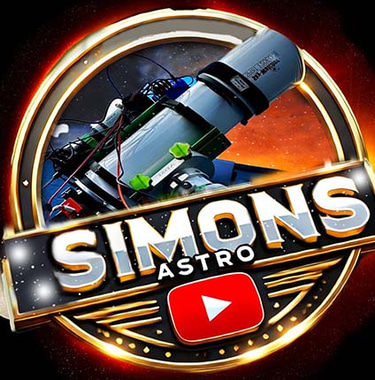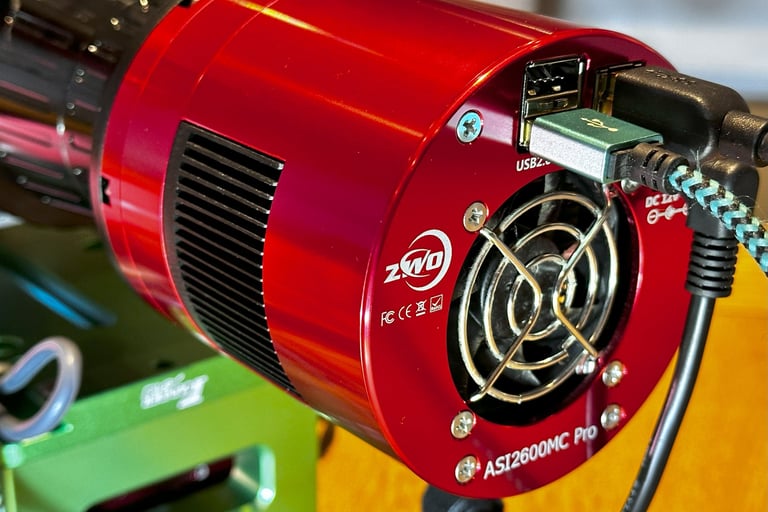

Astrophotography cooled cameras
I mainly use two ZWO cooled cameras for imaging, the 2600 mc pro one shot colour camera and the 2600 mm pro mono camera. These are both APS-C sensor cameras, crop sensor (not full frame) using the Sony 26MP IMX571 APS-C sensor and are back illuminated. Both of these cameras have zero amp glow, 2 stage Tec cooling and have a small pixel size of 3.76um.
Telescopes
My main imaging telescope is the Skywatcher Esprit 120ED, this has a focal length of 840mm and is F7, I also have a flatner and a flatner/reducer, this takes the focal length down to 648mm and at F5.6.
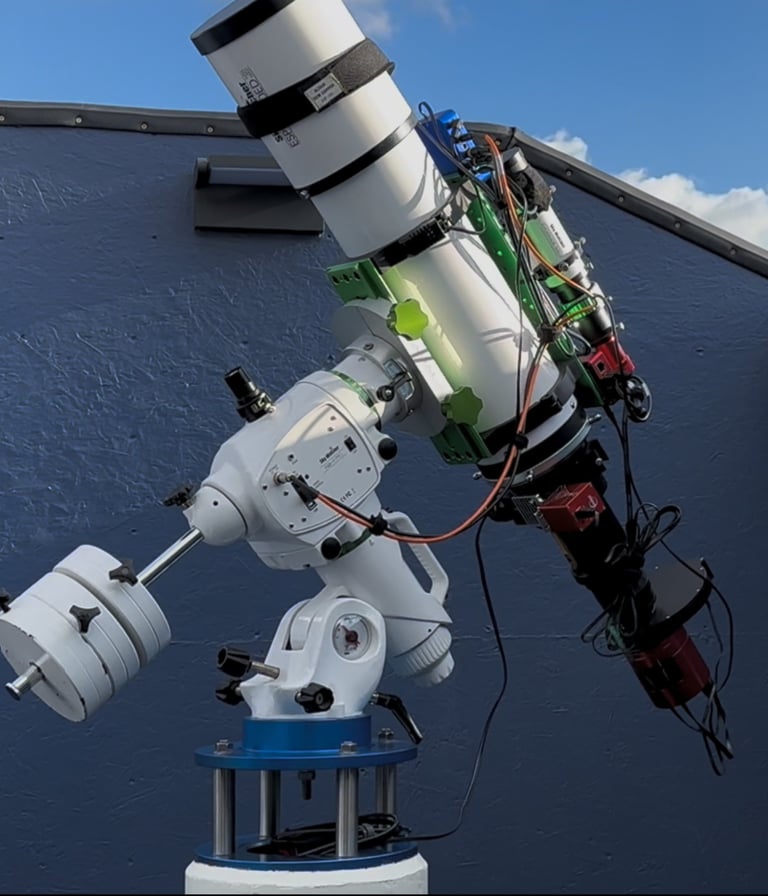

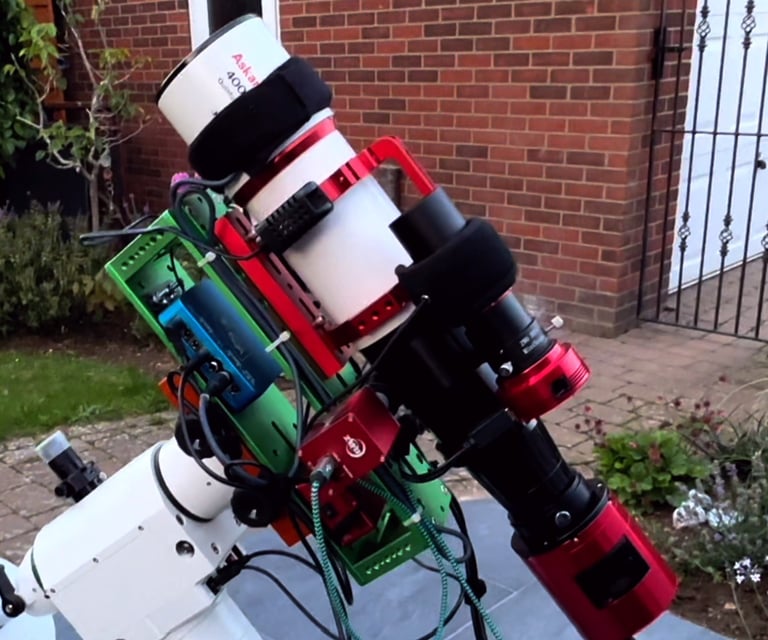

This is my Askar FRA 400mm telesope, its a petzval design which means it is a quad and has a built in flatner. At F5.6 and complete with a built in 360 rotator with an integrated carry handle, its a great wide field scope.
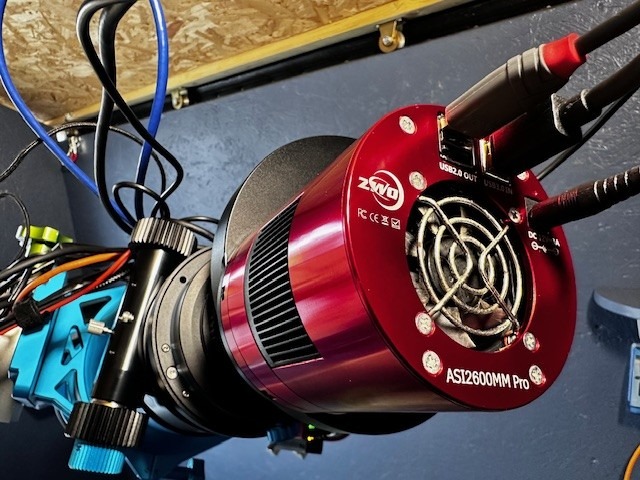

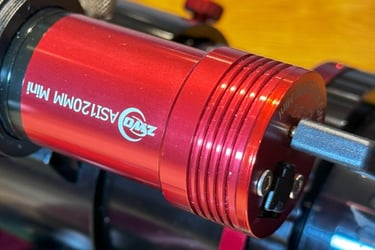

This is the ZWO mini guide cam 120. Its not a cooled camera.
ZWO 2600 mc Pro
ZWO 2600 mm Pro
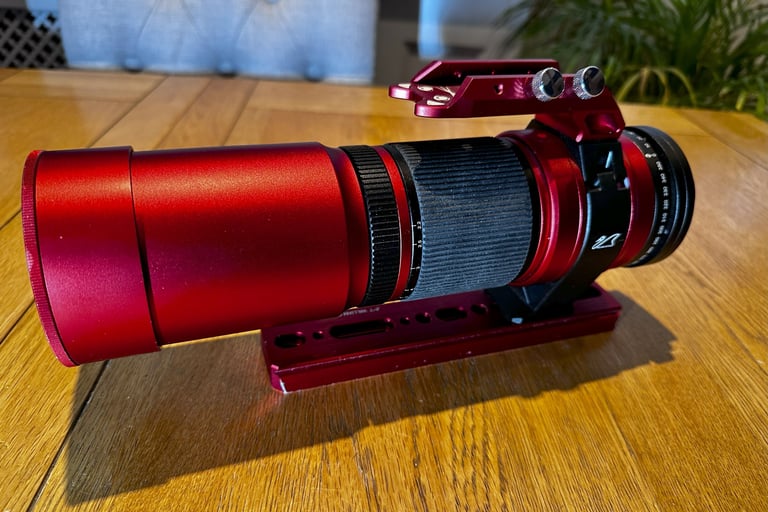

This is the William Optics Redcat 51, a great 250mm widefield scope, and like the Askar, its a petzval design, so no flatner required, it also has a built in rotator.
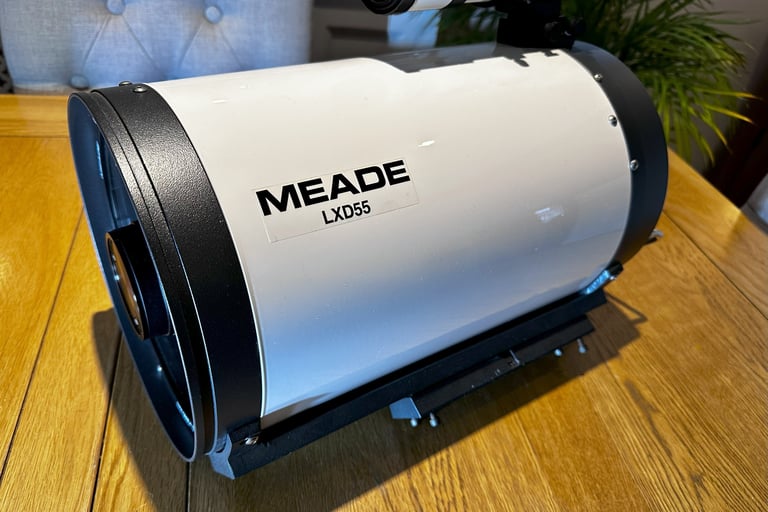

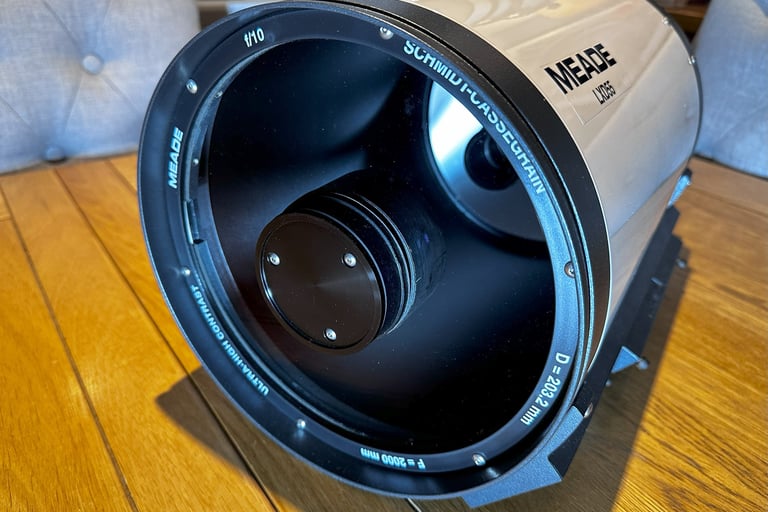

This is a project im working on! Its the Meade LXD55 200, Schmidt Cassegrain. A 2000mm focal lenght at F10. Hopefully good for galaxies.
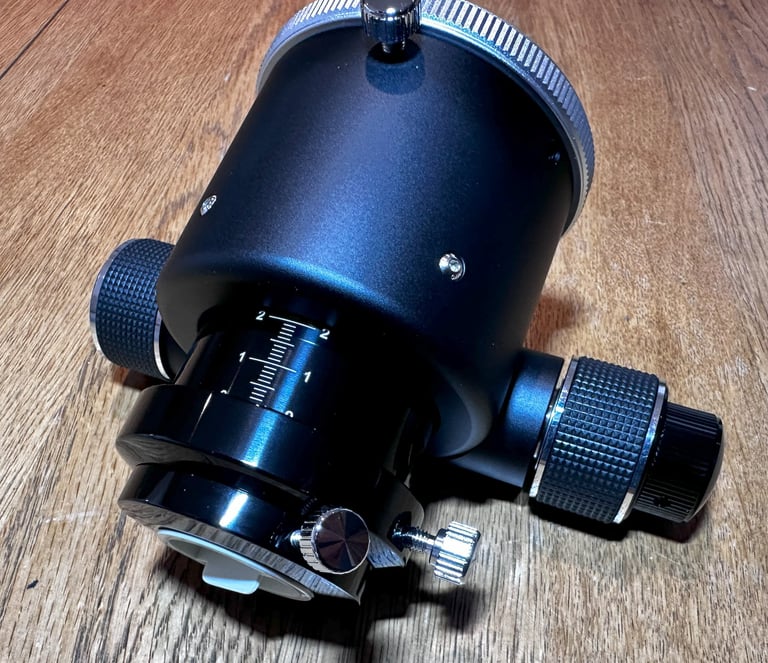

I will soon be fitting a new focuser to the scope (Crayford daul focuser) and building it into a permanant rig.
Mounts
Skywatcher EQ6R Pro German Equatorial goto mount
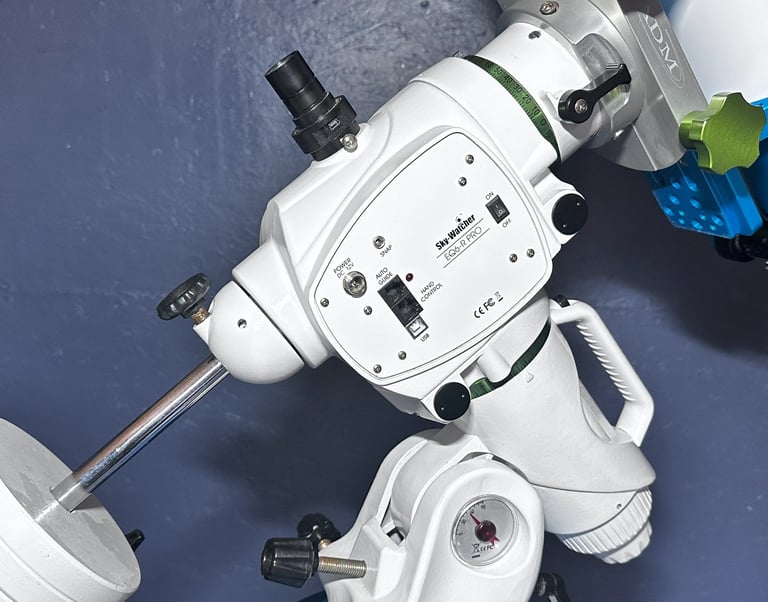

Deep space, telescopes, cameras, mounts & accessories
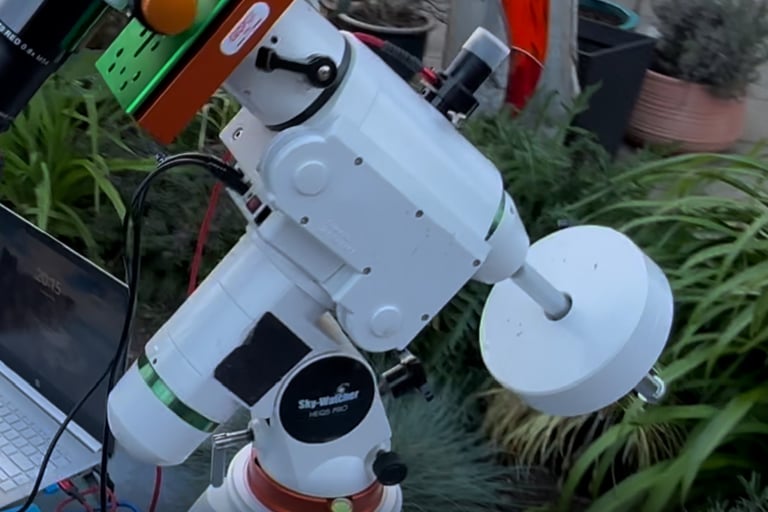

Skywatcher HEQ5 Pro German Equatorial goto mount
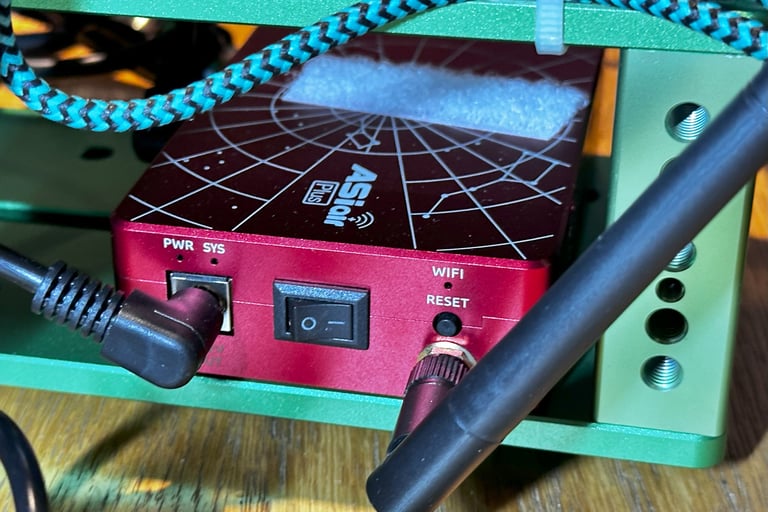

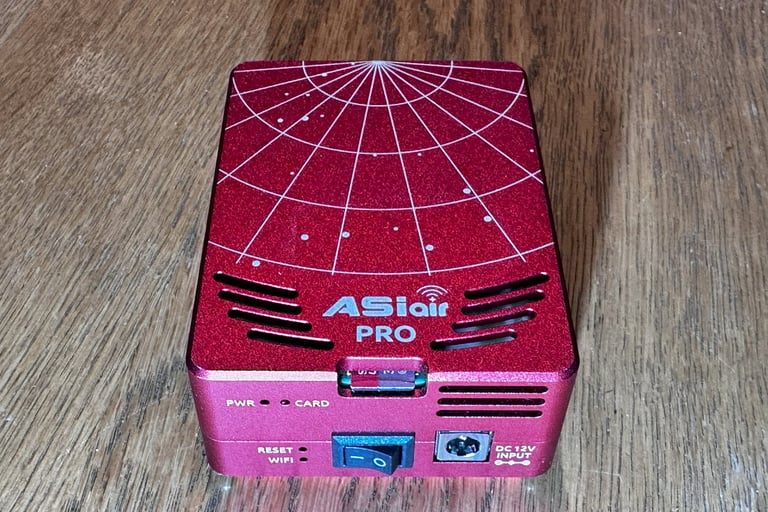

Accessories
ASIAIR Plus
ASIAIR Pro
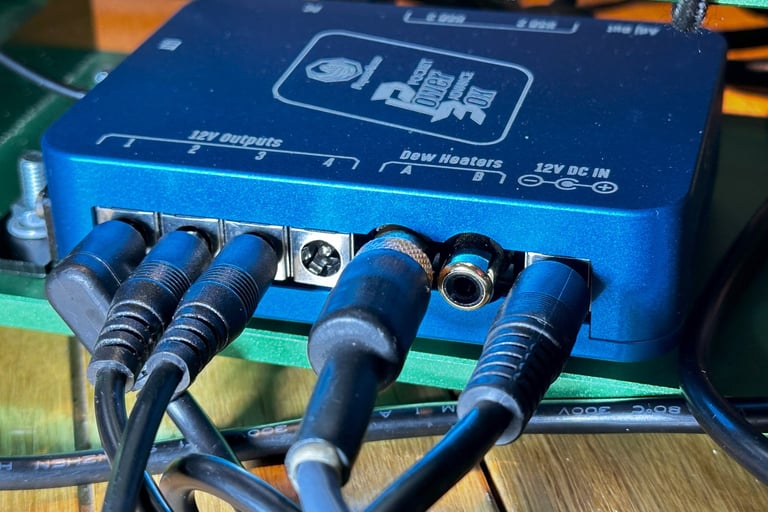

Pegasus Power Box Advance a power distribution unit with dedicated controlled dew heater ports, USB 2 & USB3 ports, 12v
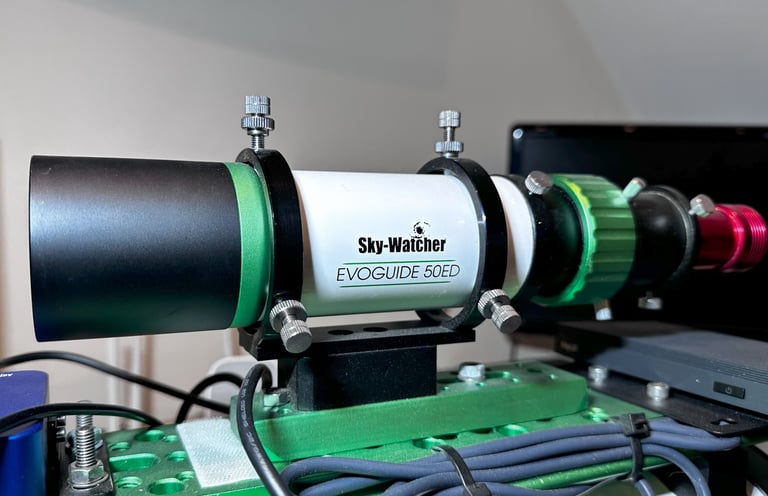

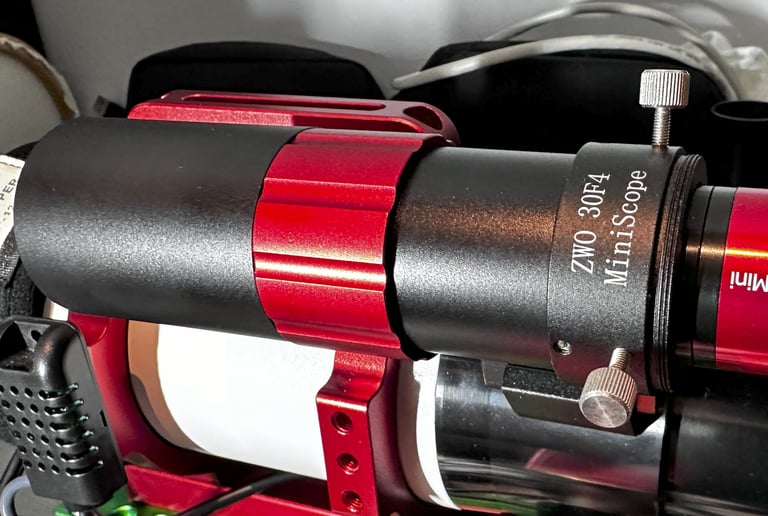

Skywatcher 50ED Evoguide scope 250mm
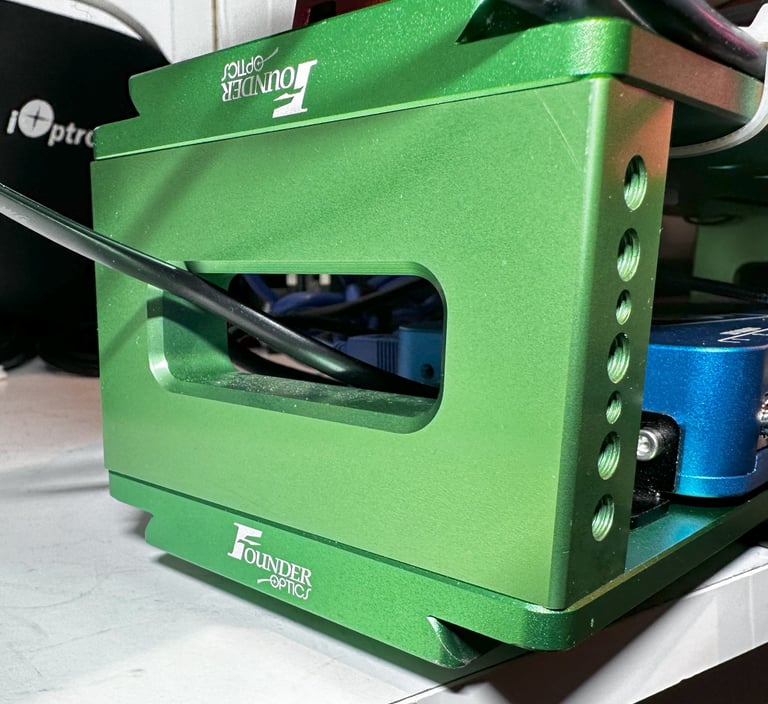

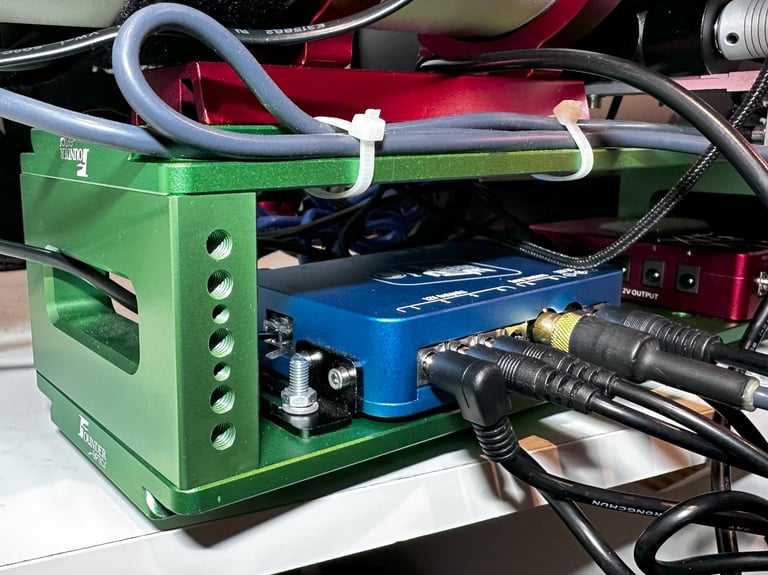

Riser blocks and Losmandy plates are useful accessories, the plates are by Founder Optics and the blocks are by Altair Astro
As you can see here, the Riser blocks and Losmandy plates are used to build a cage to install accessories to the rig. These blocks are 60mm high, other sizes are available.
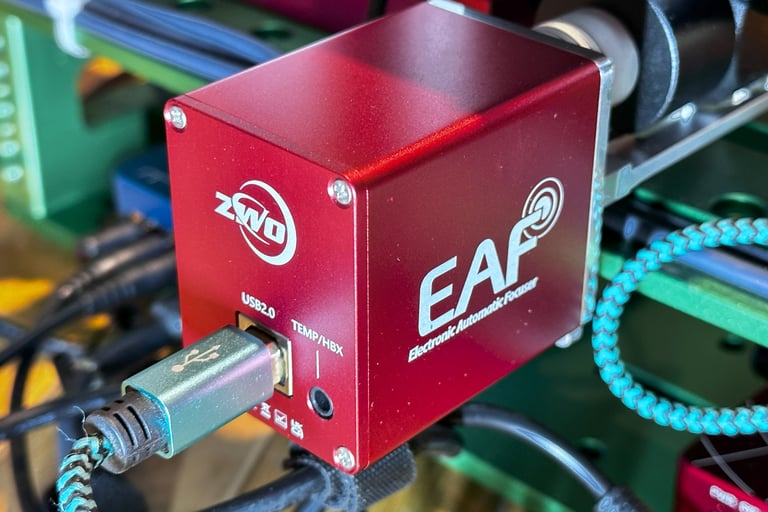

ZWO Electronic Automatic Focuser (EAF) This tool is a must if you plan to image through the night. It allows you to set the rig running and leave it, you dont have to worry about focussing, as you can set it to focus in various situations. Change of temp, change of filter, or after a certain time or meridian flip.
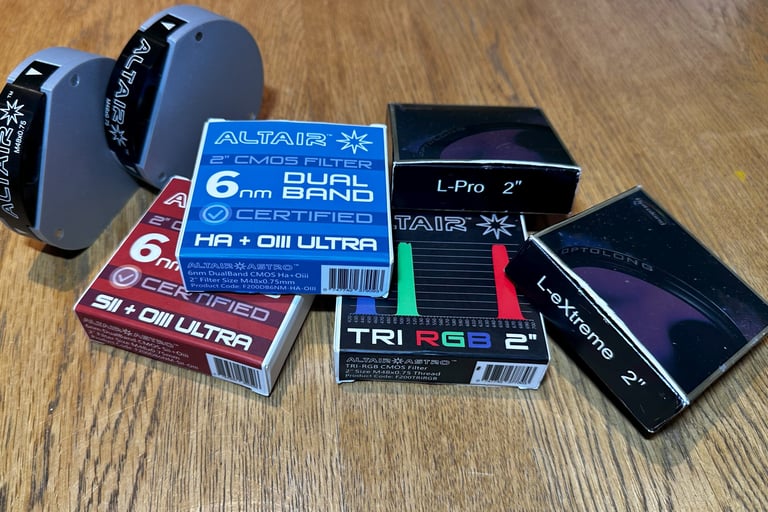

In astrophotography, filters play a crucial role in enhancing image quality and revealing celestial details. Various types of filters cater to specific needs, such as light pollution reduction filters, which help in capturing clearer images of stars and nebulae by minimizing the effects of artificial lighting and even moon light. Narrowband filters, on the other hand, isolate specific wavelengths of light, allowing photographers to emphasize particular features in emission nebulae, like the Hydrogen-alpha, Oxygen-III and Sulpher-II lines (Ha, Oiii, Sii).
